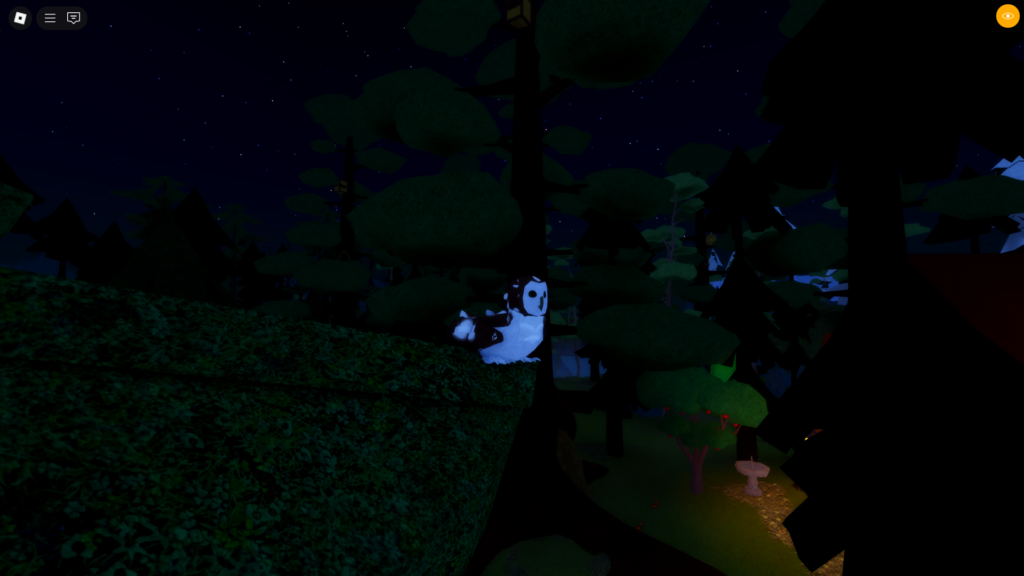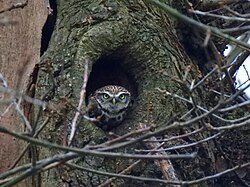
🌍 General Info
- Scientific name: Athene noctua
- Range: Found across Europe, North Africa, and Asia, from Spain to China.
- Habitat: Prefers open countryside, farmlands, orchards, and grasslands with scattered trees or stone walls — perfect for perching and hunting.
- They often live close to humans, nesting in old barns, walls, or even roof spaces.
🪶 Appearance
- True to their name, they’re tiny — about 22 cm (8.5 inches) tall.
- They have yellow eyes, a flat head, and a stubby tail that gives them a grumpy, serious look.
- Their feathers are brown and white, with spotted wings and streaked chests — great camouflage.
- They can look adorably angry or unimpressed because of their eye shape and posture.
🦴 Behavior
- Active by night and dusk/dawn, though little owls are also partly diurnal (they hunt during the day, especially in winter).
- They’re known for head-bobbing and staring intensely when curious or threatened.
- They’re territorial — a single pair will defend a good hunting area fiercely.
- Their flight is fast and low, often just above the ground.
🍴 Diet
- Little owls are generalist hunters — they eat insects, worms, small mammals, birds, and reptiles.
- In farmland, they’ll even grab beetles or field mice.
- They often cache food in holes or crevices for later.
🐣 Breeding
- Breeding season: spring to early summer.
- They nest in tree holes, old walls, or burrows.
- The female lays 3–5 eggs, incubates them for about a month, and both parents feed the chicks.
- The chicks fledge at around 4 weeks, but stay nearby for a while learning to hunt.
🗣️ Sounds
- Their calls are whistles, mews, and short “kiew” cries — surprisingly loud for their size!
- During courtship, males give a repeated, melodic hoot to attract mates and warn rivals.
⚠️ Conservation
- Stable in many areas, but declining in parts of Europe due to modern farming removing old trees and walls.
- Conservation projects help them by putting up nest boxes and preserving hedgerows and old barns.
🧠 Fun Extras
- The ancient Greeks associated them with Athena, goddess of wisdom — that’s where the “wise old owl” idea comes from.
- They’re often seen perching on fences or rocks, making quick darting flights to catch prey.
- Despite their small size, they’ll stand their ground against larger birds.

Leave a Reply